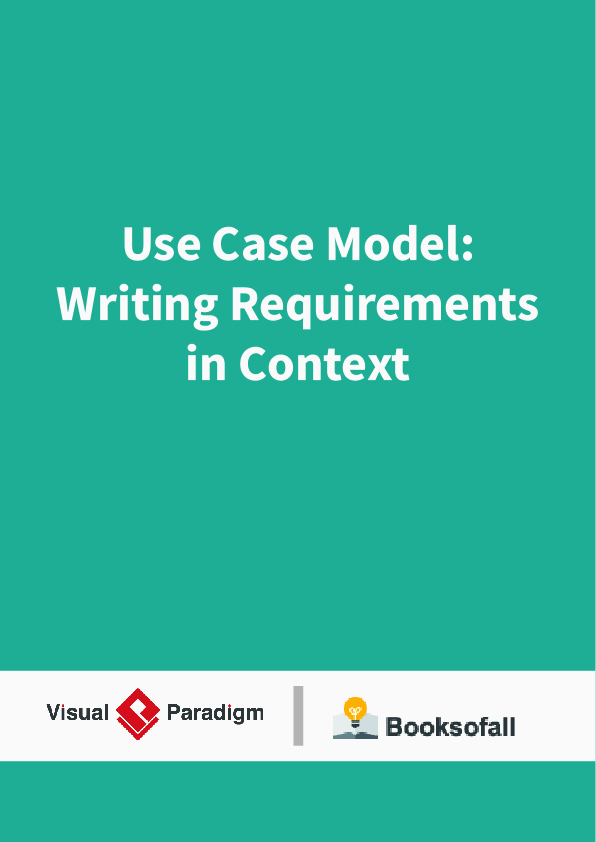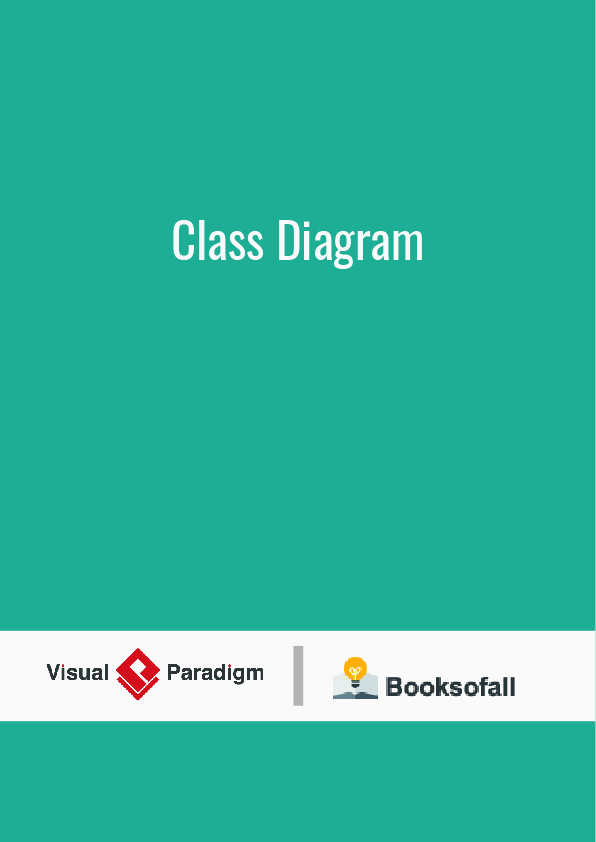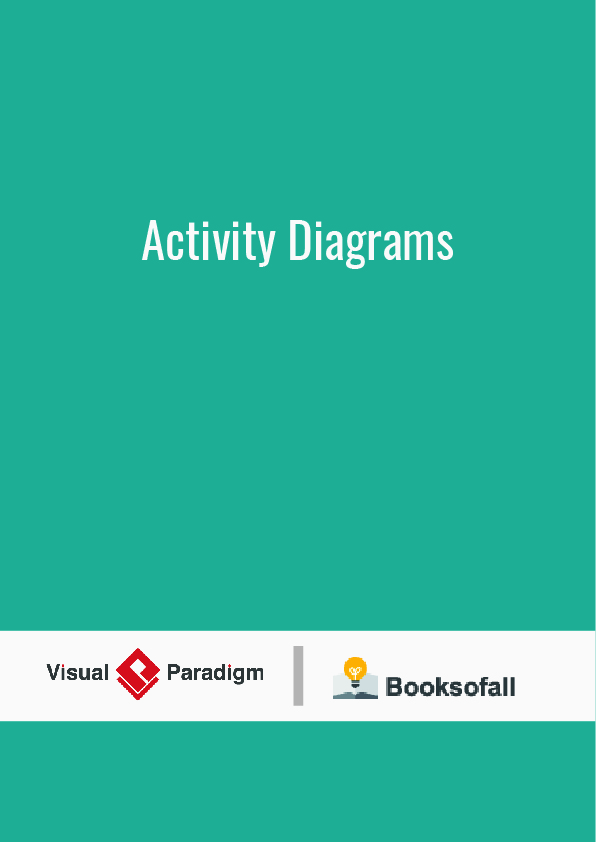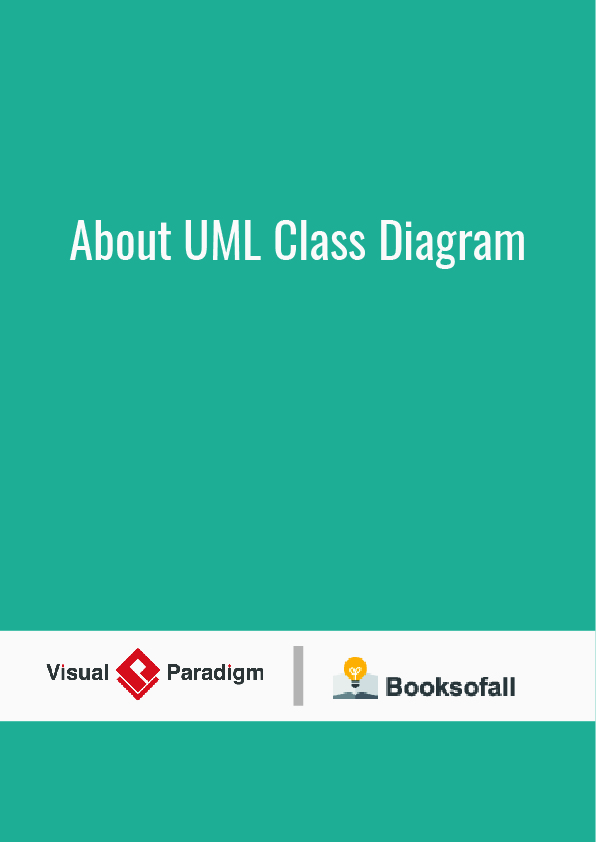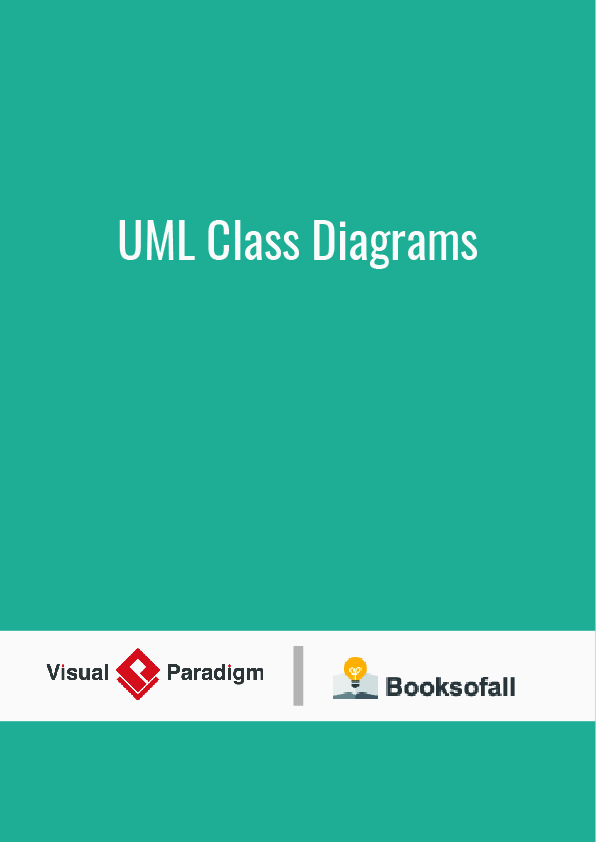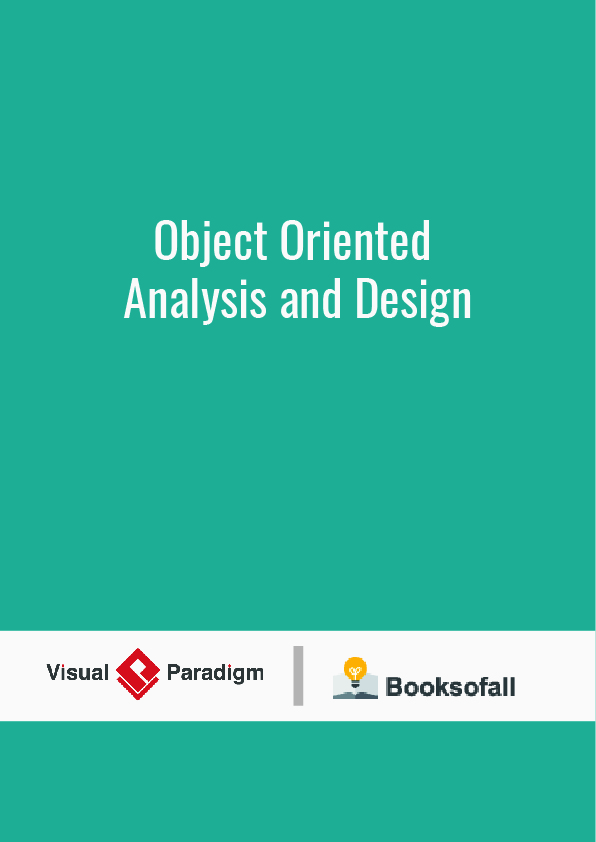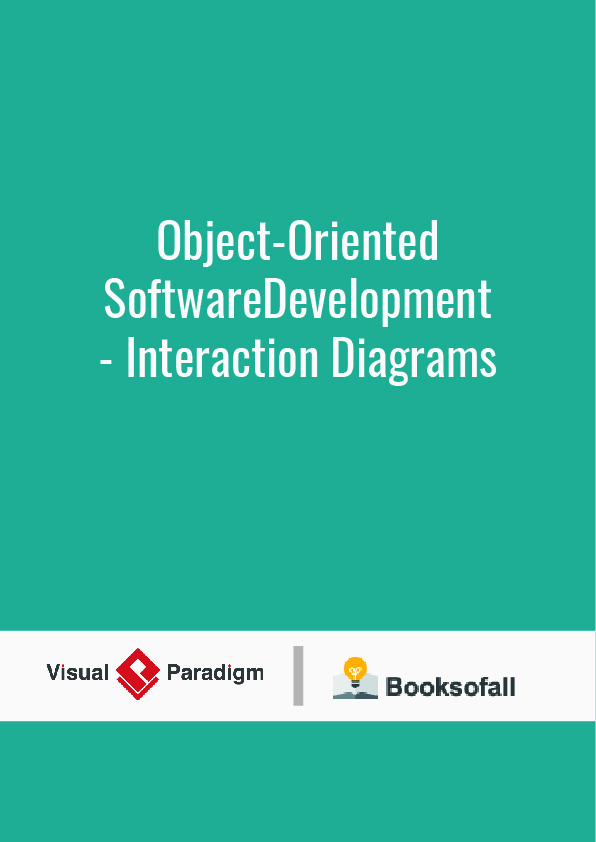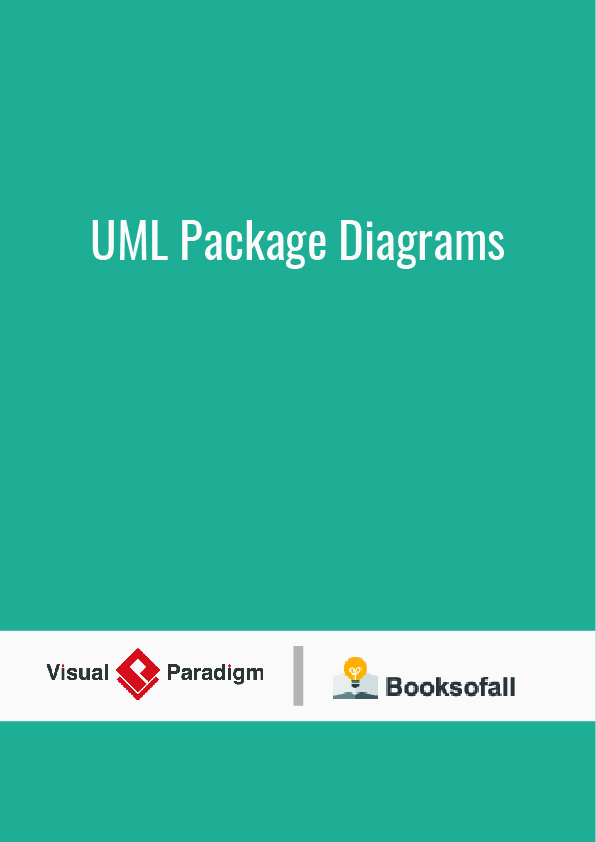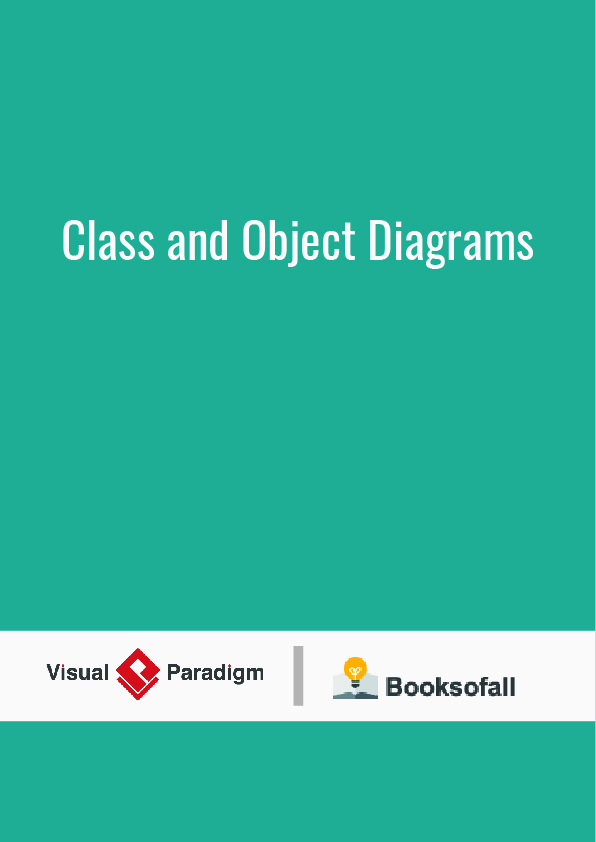Introduction
This is worth studying during a first read of the book because use cases are a widely used and useful mechanism to discover and record requirements (especially functional); they influence many aspects of a project, including OOA/D. It is worth both knowing about and creating use cases.
Writing use cases—stories of using a system—is an excellent technique to understand and describe requirements. This chapter explores key use case concepts and presents sample use cases for the NextGen application.
The UP defines the Use-Case Model within the Requirements workflow. Essentially, this is the set of all use cases; it is a model of the system’s functionality and environment.
6.1 Goals and Stories
Customers and end users have goals (also known as needs in the UP) and want computer systems to help meet them, whether as mercantile as recording sales or as complex as estimating the flow of oil from future wells. There are several ways to capture these goals and system requirements; the better ones are simple and familiar because this makes it easier—especially for customers and end users—to contribute to their definition or evaluation. That lowers the risk of missing the mark.
Use cases are a mechanism to help keep it simple and understandable for all stakeholders. Informally, they are stories of using a system to meet goals. Here is an example brief format use case:
Process Sale: A customer arrives at a checkout with items to purchase. The cashier uses the POS system to record each purchased item. The system presents a running total and line-item details. The customer enters payment information, which the system validates and records. The system updates inventory. The customer receives a receipt from the system and then leaves with the items.
Use cases often need to be more elaborate than this, but the essence is discovering and recording functional requirements by writing stories of using a system to help fulfill various stakeholder goals; that is, cases of use. 1 It isn’t supposed to be a difficult idea, although it may indeed be difficult to discover or decide what is needed, and write it coherently at a useful level of detail.
Much has been written about use cases, and while worthwhile, there is always the risk among creative, thoughtful people to obscure a simple idea with layers of sophistication. It is usually possible to spot a novice use case modeler (or a serious Type A analyst) by an over-concern with secondary issues such as use case diagrams, use case relationships, use case packages, optional attributes, and so forth, rather than writing the stories. That said, a strength of the use case mechanism is the capacity to scale both up and down in terms of sophistication and formality, depending on need.
6.2 Background
The idea of use cases to describe functional requirements was introduced in 1986 by Ivar Jacobson [Jacobson92], a main contributor to the UML and UP.
Jacobson’s use case idea was seminal and widely appreciated; simplicity and utility being its chief virtues. Although many have made contributions to the subject, arguably the most influential, comprehensive, and coherent next step in defining what use cases are (or should be) and how to write them came from Alistair Cockburn, summarized in the very popular text Writing Effective Use Cases [Cockburn01], based on his earlier work and writings stemming from 1992 onwards. This introduction is therefore based upon and consistent with the latter work.
6.3 Use Cases and Adding Value
First, some informal definitions: an actor is something with behavior, such as a person (identified by role), computer system, or organization; for example, a cashier.
A scenario is a specific sequence of actions and interactions between actors and the system under discussion; it is also called a use case instance. It is one particular story of using a system, or one path through the use case; for example, the scenario of successfully purchasing items with cash, or the scenario of failing to purchase items because of a credit card transaction denial.
Informally then, a use case is a collection of related success and failure scenarios that describe actors using a system to support a goal. For example, here is a casual format use case that includes some alternate scenarios:
Handle Returns
Main Success Scenario: A customer arrives at a checkout with items to return. The cashier uses the POS system to record each returned item …
Alternate Scenarios:
If the credit authorization is reject, inform the customer and ask for an alternate payment method.
If the item identifier is not found in the system, notify the Cashier and suggest manual entry of the identifier code (perhaps it is corrupted).
If the system detects failure to communicate with the external tax calcuator system, …
An alternate, but similar definition of a use case is provided by the UP:
A set of use-case instances, where each instance is a sequence of actions a system performs that yields an observable result of value to a particular actor [RUP].
